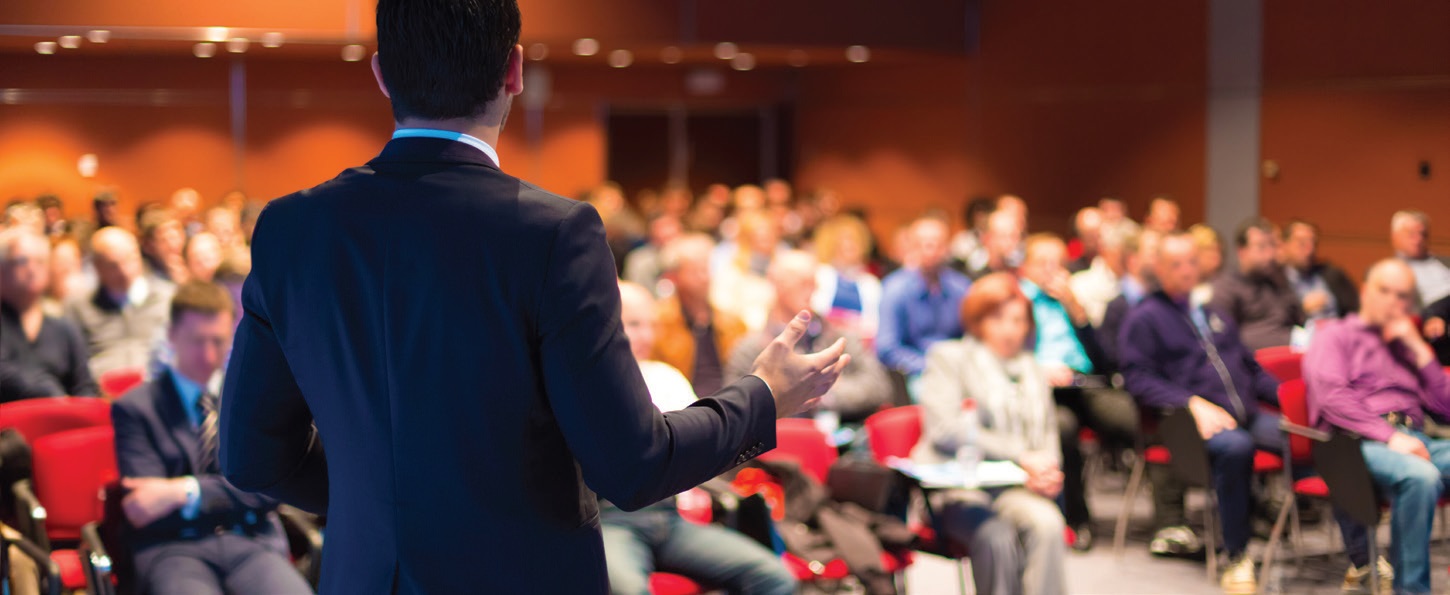Change is still a good thing!
Dr. Robert M. Gresham, Contributing Editor | TLT Lubrication Fundamentals June 2019
How certification and educational programs add value (and revenue) for STLE members.

STLE continues to present high-quality, leading-edge science.
© Can Stock Photo / kasto
Last month I wrote on some of the changes I had seen in our society since joining as a member in 1981 and later serving as part of the staff. I was mostly concerned with the changes resulting from our efforts to become an international organization. As a consequence of some of those changes, we also became a better society for our individual industrial members and our corporate members.
Most particularly, these were the additions of the Commercial Marketing Forum and the trade show, which improved the annual meeting for attendees. These changes add revenue for STLE and provide valuable services for both our individual members and for corporations—as they say, a win-win. However, that’s not all that went on during this time period.
One of the most important, but at the same time controversial, changes was the result of 1990 planning meetings between Wayne Coursey, Rick Smith, Dan McCoy, Larry Cote, Dick Rush, Tom Lantz and Steve Lemberger as Education Committee liaison. They proposed to the STLE Board of Directors that we develop a certification program. The board gnashed its collective teeth over cost, administration and the biggie, liability. But through their dogged efforts, the team persevered, and the CLS Committee was approved. STLE’s first certification program was born.
The committee then worked diligently for months, and in 1993, at the Calgary annual meeting, the first CLS exam was administered. The program, after a little bit of a slow start, flourished and continues today. CLS has generated revenue for STLE operations and has provided tangible value for the certified individuals as well as providing a service to our industry. Following this success, we added additional certification programs: OMA I and II and CMFS. These more specialized certifications have similarly provided value for their respective market segments.
Beginning roughly 10 years ago, another change was in the offing. STLE had long provided education courses at our annual meetings and, on a more limited level, at local section meetings. For years, the curriculum content was mostly provided by our various volunteers, who in the normal course of their work had slide presentations, usually oriented toward educating their customers that, with minor modification, were suitable enough for more general STLE audiences. The Education Committee sought to better organize the content of each course and eliminate redundancy from course to course. The ultimate goal was to have an STLE-owned, peer-reviewed curriculum for each course, which any subject-competent individual could present.
This effort has greatly improved the quality of STLE’s education course offerings as well as making possible the ability to present courses at private venues and for use to augment our international efforts by providing STLE education courses in other countries and, in some cases, even in other languages. Again, these efforts have helped provide operating revenue for the society but, more important, improved value for our industry.
As a consequence of the Education Committee’s efforts, the committee determined that to aid in the peer-review process for content, we needed a definitive source to verify the accuracy of our content. The committee began to create a body of knowledge for all the subjects covered in the various courses. Clearly this also would be useful for the certification committees to help verify the answers to questions and for those preparing to take exams to get information that represents industry consensus. Once again this is a service to our membership and industry at large. These efforts continue today.
As a further consequence of these changes, we were able to broaden access to our STLE educational content. Thus, STLE launched a Webinar program for presentation of some of this educational content, as well as other topical information, and to assist those preparing for the various certifications. The program as usual started slowly but has now become an integral part of our educational efforts.
Once again, all this activity in our educational programing as well as marketplace input led us to create STEM Camp programs for high schoolers at the annual meetings. Some of our sections were providing local STEM programs. STEM encourages students to explore the sciences and promotes STLE and its friction-, wear- and lubrication-oriented technologies to the local youth and perhaps encourages future members of the society.
When I think about the changes I have seen during my association with ASLE and STLE, I am humbled by all the time, effort and expertise that so many of our members have so readily shared to make these changes a reality. We are never at a loss for potential P.M. Ku Award candidates. Throughout all this activity, STLE has continued to present and publish high-quality, leading-edge science, which is the bedrock of any technical association. It is this that makes our society the vibrant, organic, living creature that is today’s STLE.
I’m proud to have been a small part of these changes and know so many of the people who made it happen. That is what Connect, Learn, Achieve is really all about.
Change is still a good thing!
Bob Gresham is STLE’s director of professional development. He is retiring at the 2019 Annual Meeting & Exhibition in Nashville, Tenn. You can reach him at rgresham@stle.org.